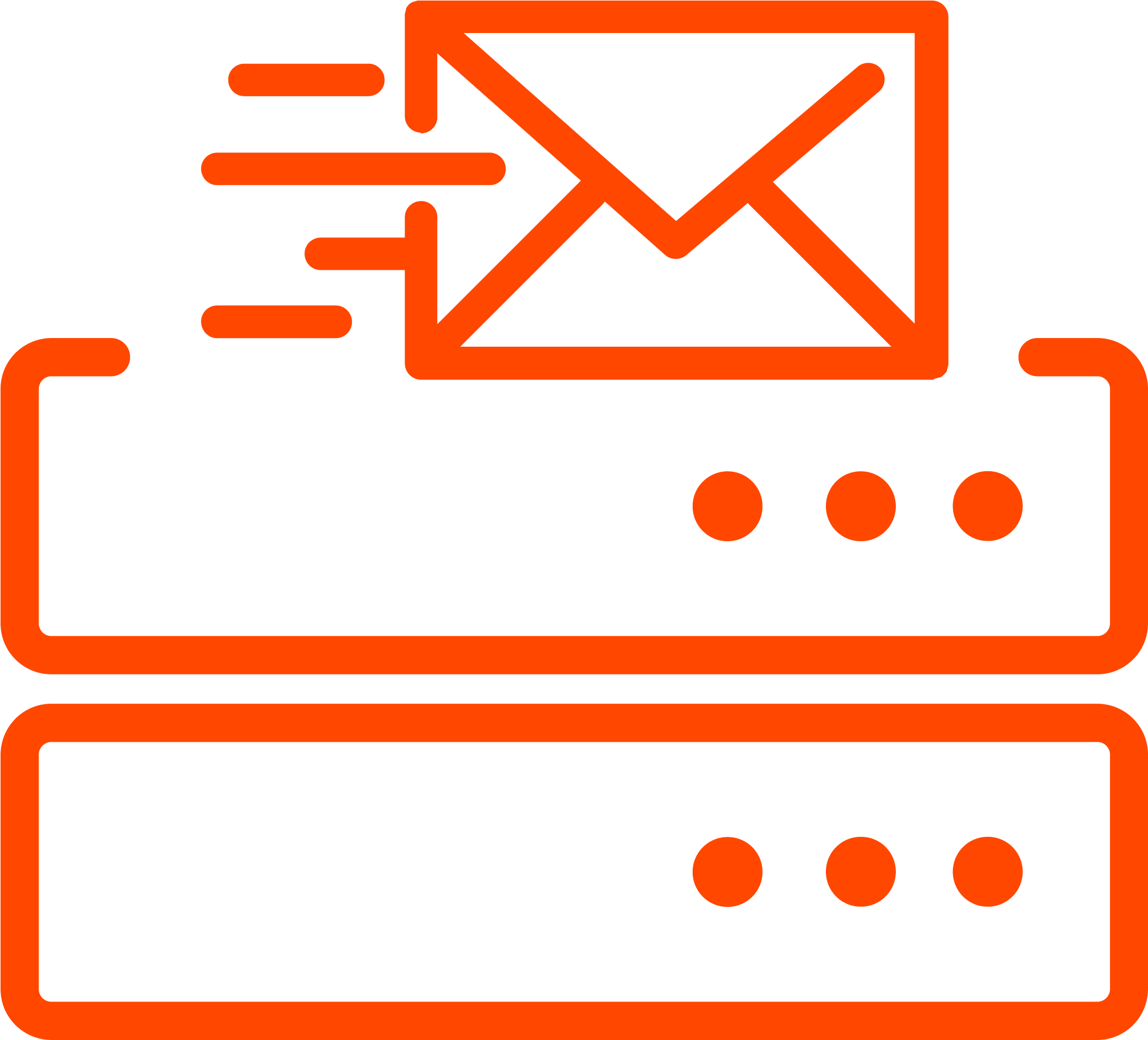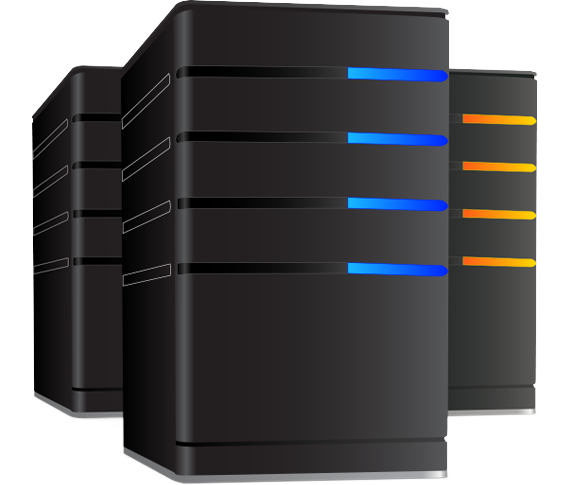Here are a few common mistakes you should avoid:
1. Do not use consecutive numbers or letters.
Example: 123456, abcdef, qwerty, etc.
2. Do not use your name, surname, phone number, personal ID number, nickname or any other information which might be publicly accessible and therefore become an object of third party password guessing.
3. Do not use common combinations.
Example: 13579, asdasd, 1q2w3e4r, qwertyuiop, admin, password, administrator, etc.
4. Do not use the same password for two different services, for example for your email address and the service you use to register it.
5. Do not use a password matching your username or email address.
6. Do not set up an easy password even for a test account or user (such as “test”). Once your account or device has been hacked, multiple risks for your general safety might occur.
7. Do not set up as a password the anniversary you keep forgetting. As much complex as your password needs to be, you should be able to remember it easily.
Tips for securing your password:
1. When choosing a password, you might replace letters with their corresponding numbers in a specific word.
Example: I=1, L=1, A=4, T=7, E=3, g=9, о=0, and so on. Under this pattern the word “hosting” will be typed as “Hos71n9”.
2. Use a combination of numbers, uppercase and lowercase letters and special characters “!@#$%^&*”. Long passwords consisting of more than 7 or 8 characters make your account more secure.
3. Choose something that you can remember quickly, but no one else knows. For example:
– a favorite line from a song or book;
– your children, wife or dog’s birthday;
– the title of a bedtime story;
– your best friend’s nickname.
4. Use a phrase that’s easy to remember, but difficult to guess.
For example: “This is the strongest password ever – 95” or “You cannot guess my password, LOL!!”.
5. Use a Password Manager. There are various software products used for this purpose. In most cases they have a high enough level of security and encrypting algorithms for protecting your passwords. They are devised for storing your passwords at one place so that you can check one of them in case you forget it.
6. Change your passwords regularly.
7. Use the Password Generator. You can access it through your hosting account’s cPanel » Settings » Password & Security.
 Worldwide (English)
Worldwide (English) Romania (Romanian)
Romania (Romanian) Spain (Spanish)
Spain (Spanish) Germany (German)
Germany (German) France (French)
France (French) Bulgaria (Bulgarian)
Bulgaria (Bulgarian) Indonesia (Indonesian)
Indonesia (Indonesian) Portugal (Portuguese)
Portugal (Portuguese) South Africa (Zulu)
South Africa (Zulu)





